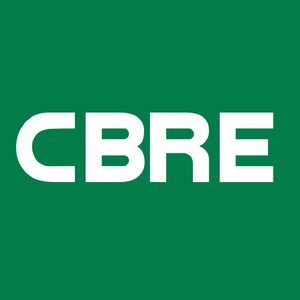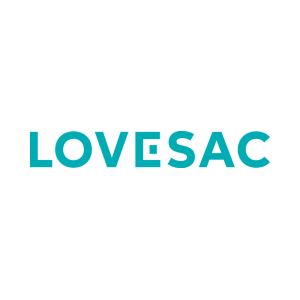
Somnigroup (SGI)
Somnigroup is in for a bumpy ride. Its sales have underperformed and its low returns on capital show it has few growth opportunities.― StockStory Analyst Team
1. News
2. Summary
Why We Think Somnigroup Will Underperform
Established through the merger of Tempur-Pedic and Sealy in 2012, Somnigroup (NYSE:SGI) is a bedding manufacturer known for its innovative memory foam mattresses and sleep products
- Lackluster 14.3% annual revenue growth over the last five years indicates the company is losing ground to competitors
- Incremental sales over the last five years were less profitable as its 10.2% annual earnings per share growth lagged its revenue gains
- Subpar operating margin constrains its ability to invest in process improvements or effectively respond to new competitive threats


Somnigroup doesn’t pass our quality test. There are more promising prospects in the market.
Why There Are Better Opportunities Than Somnigroup
Why There Are Better Opportunities Than Somnigroup
Somnigroup is trading at $91.24 per share, or 29.2x forward P/E. This multiple is higher than most consumer discretionary companies, and we think it’s quite expensive for the weaker revenue growth you get.
We’d rather invest in similarly-priced but higher-quality companies with more reliable earnings growth.
3. Somnigroup (SGI) Research Report: Q3 CY2025 Update
Bedding manufacturer Somnigroup (NYSE:SGI) reported revenue ahead of Wall Streets expectations in Q3 CY2025, with sales up 63.3% year on year to $2.12 billion. Its non-GAAP profit of $0.95 per share was 10.7% above analysts’ consensus estimates.
Somnigroup (SGI) Q3 CY2025 Highlights:
- Revenue: $2.12 billion vs analyst estimates of $2.06 billion (63.3% year-on-year growth, 3% beat)
- Adjusted EPS: $0.95 vs analyst estimates of $0.86 (10.7% beat)
- Adjusted EBITDA: $418.9 million vs analyst estimates of $395.6 million (19.7% margin, 5.9% beat)
- Management raised its full-year Adjusted EPS guidance to $2.68 at the midpoint, a 4.9% increase
- Operating Margin: 14.8%, in line with the same quarter last year
- Free Cash Flow Margin: 17%, down from 18.5% in the same quarter last year
- Market Capitalization: $16.71 billion
Company Overview
Established through the merger of Tempur-Pedic and Sealy in 2012, Somnigroup (NYSE:SGI) is a bedding manufacturer known for its innovative memory foam mattresses and sleep products
This company offers a wide range of mattresses, adjustable bases, pillows, and other sleep and relaxation products. As one of the largest bedding manufacturers in the world, Somnigroup has a presence in over 80 countries, with its products sold through various channels including third-party retailers, company-owned stores, and direct-to-consumer online platforms.
At the core of Tempur Sealy’s Tempur-Pedic product line is its innovative TEMPUR material, a proprietary, pressure-relieving memory foam. The TEMPUR material, originally developed by NASA to cushion astronauts during lift-off, provides exceptional support and comfort, adapting to the user’s body shape, weight, and temperature.
Sealy, on the other hand, is known for its innerspring mattresses. These products use spring coils, cooling technology, and hybrid foam/spring designs. The Tempur-Pedic and Sealy brands synergize to cater to a wide range of customer preferences.
4. Home Furnishings
A healthy housing market is good for furniture demand as more consumers are buying, renting, moving, and renovating. On the other hand, periods of economic weakness or high interest rates discourage home sales and can squelch demand. In addition, home furnishing companies must contend with shifting consumer preferences such as the growing propensity to buy goods online, including big things like mattresses and sofas that were once thought to be immune from e-commerce competition.
Somnigroup's primary competitors include Sleep Number (NASDAQ:SNBR), Purple (NASDAQ:PRPL), and private company Casper Sleep.
5. Revenue Growth
A company’s long-term sales performance is one signal of its overall quality. Any business can put up a good quarter or two, but many enduring ones grow for years. Over the last five years, Somnigroup grew its sales at a 14.3% annual rate. Although this growth is acceptable on an absolute basis, it fell short of our standards for the consumer discretionary sector, which enjoys a number of secular tailwinds.

We at StockStory place the most emphasis on long-term growth, but within consumer discretionary, a stretched historical view may miss a company riding a successful new product or trend. Somnigroup’s annualized revenue growth of 17.4% over the last two years is above its five-year trend, suggesting some bright spots. 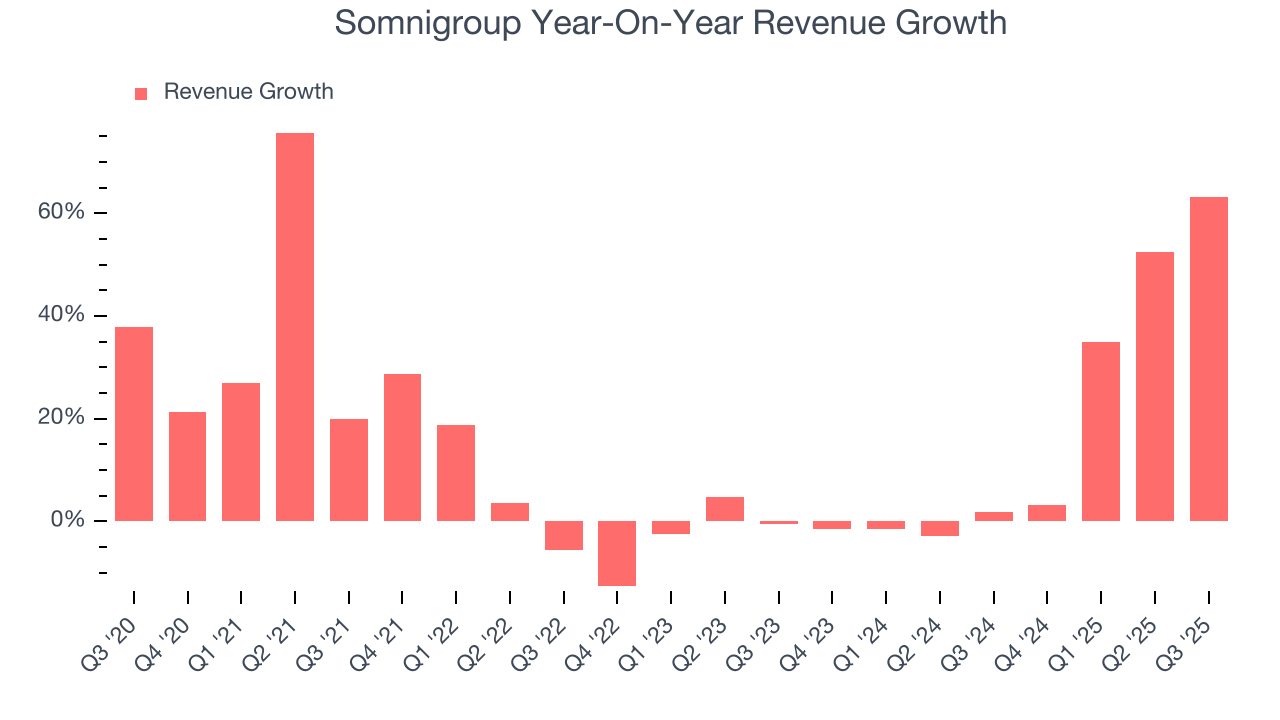
Somnigroup also breaks out the revenue for its most important segments, Wholesale and Direct, which are 34.8% and 65.2% of revenue. Over the last two years, Somnigroup’s Wholesale revenue (sales to retailers) averaged 9.6% year-on-year declines. On the other hand, its Direct revenue (sales made directly to consumers) averaged 59% growth. 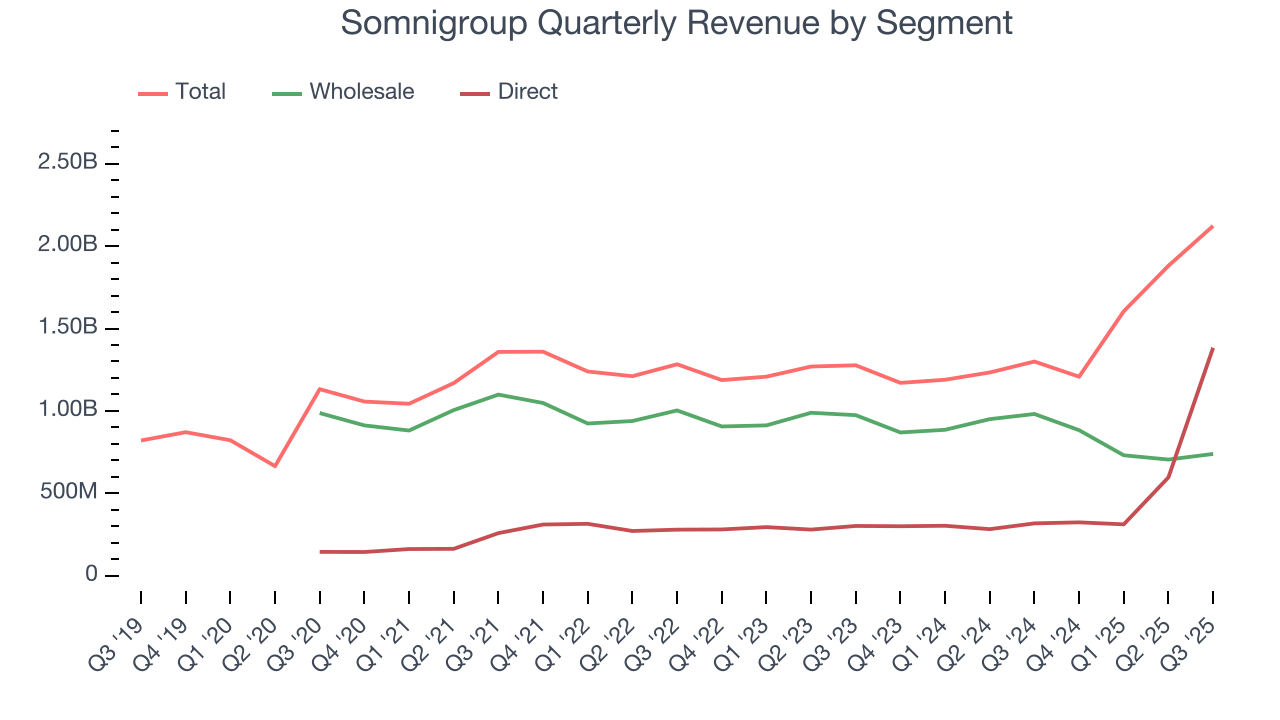
This quarter, Somnigroup reported magnificent year-on-year revenue growth of 63.3%, and its $2.12 billion of revenue beat Wall Street’s estimates by 3%.
Looking ahead, sell-side analysts expect revenue to grow 14.8% over the next 12 months, a slight deceleration versus the last two years. Despite the slowdown, this projection is above average for the sector and suggests the market sees some success for its newer products and services.
6. Operating Margin
Operating margin is an important measure of profitability as it shows the portion of revenue left after accounting for all core expenses – everything from the cost of goods sold to advertising and wages. It’s also useful for comparing profitability across companies with different levels of debt and tax rates because it excludes interest and taxes.
Somnigroup’s operating margin has been trending down over the last 12 months, but it still averaged 10.8% over the last two years, decent for a consumer discretionary business. This shows it generally does a decent job managing its expenses.

This quarter, Somnigroup generated an operating margin profit margin of 14.8%, in line with the same quarter last year. This indicates the company’s overall cost structure has been relatively stable.
7. Earnings Per Share
Revenue trends explain a company’s historical growth, but the long-term change in earnings per share (EPS) points to the profitability of that growth – for example, a company could inflate its sales through excessive spending on advertising and promotions.
Somnigroup’s EPS grew at a decent 10.2% compounded annual growth rate over the last five years. However, this performance was lower than its 14.3% annualized revenue growth, telling us the company became less profitable on a per-share basis as it expanded.

In Q3, Somnigroup reported adjusted EPS of $0.95, up from $0.82 in the same quarter last year. This print easily cleared analysts’ estimates, and shareholders should be content with the results. Over the next 12 months, Wall Street expects Somnigroup’s full-year EPS of $2.57 to grow 17.1%.
8. Cash Is King
Free cash flow isn't a prominently featured metric in company financials and earnings releases, but we think it's telling because it accounts for all operating and capital expenses, making it tough to manipulate. Cash is king.
Somnigroup has shown decent cash profitability, giving it some flexibility to reinvest or return capital to investors. The company’s free cash flow margin averaged 10.4% over the last two years, slightly better than the broader consumer discretionary sector.

Somnigroup’s free cash flow clocked in at $360.3 million in Q3, equivalent to a 17% margin. The company’s cash profitability regressed as it was 1.5 percentage points lower than in the same quarter last year, but it’s still above its two-year average. We wouldn’t put too much weight on this quarter’s decline because capital expenditures can be seasonal and companies often stockpile inventory in anticipation of higher demand, causing short-term swings. Long-term trends are more important.
Over the next year, analysts’ consensus estimates show they’re expecting Somnigroup’s free cash flow margin of 10.3% for the last 12 months to remain the same.
9. Return on Invested Capital (ROIC)
EPS and free cash flow tell us whether a company was profitable while growing its revenue. But was it capital-efficient? Enter ROIC, a metric showing how much operating profit a company generates relative to the money it has raised (debt and equity).
Although Somnigroup hasn’t been the highest-quality company lately, it historically found a few growth initiatives that worked. Its five-year average ROIC was 17.4%, higher than most consumer discretionary businesses.

We like to invest in businesses with high returns, but the trend in a company’s ROIC is what often surprises the market and moves the stock price. Unfortunately, Somnigroup’s ROIC has decreased significantly over the last few years. We like what management has done in the past, but its declining returns are perhaps a symptom of fewer profitable growth opportunities.
10. Balance Sheet Risk
Debt is a tool that can boost company returns but presents risks if used irresponsibly. As long-term investors, we aim to avoid companies taking excessive advantage of this instrument because it could lead to insolvency.
Somnigroup’s $6.62 billion of debt exceeds the $100.2 million of cash on its balance sheet. Furthermore, its 6× net-debt-to-EBITDA ratio (based on its EBITDA of $1.18 billion over the last 12 months) shows the company is overleveraged.
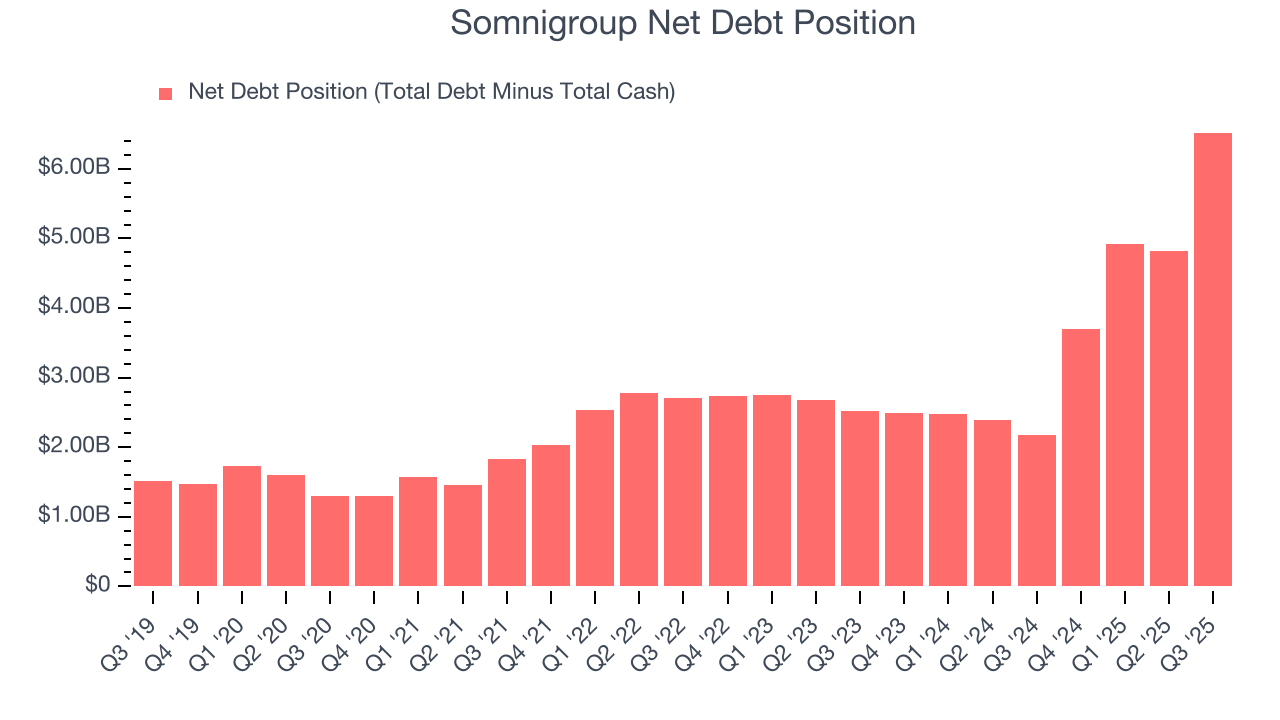
At this level of debt, incremental borrowing becomes increasingly expensive and credit agencies could downgrade the company’s rating if profitability falls. Somnigroup could also be backed into a corner if the market turns unexpectedly – a situation we seek to avoid as investors in high-quality companies.
We hope Somnigroup can improve its balance sheet and remain cautious until it increases its profitability or pays down its debt.
11. Key Takeaways from Somnigroup’s Q3 Results
We were impressed by how significantly Somnigroup blew past analysts’ Direct revenue expectations this quarter. We were also glad its full-year EPS guidance exceeded Wall Street’s estimates. On the other hand, its Wholesale revenue missed. Overall, we think this was a solid quarter with some key areas of upside. The stock traded up 1.8% to $81.03 immediately after reporting.
12. Is Now The Time To Buy Somnigroup?
Updated: December 4, 2025 at 9:59 PM EST
The latest quarterly earnings matters, sure, but we actually think longer-term fundamentals and valuation matter more. Investors should consider all these pieces before deciding whether or not to invest in Somnigroup.
We cheer for all companies serving everyday consumers, but in the case of Somnigroup, we’ll be cheering from the sidelines. First off, its revenue growth was weak over the last five years. On top of that, Somnigroup’s Forecasted free cash flow margin suggests the company will ramp up its investments next year, and its weak EPS growth over the last five years shows it’s failed to produce meaningful profits for shareholders.
Somnigroup’s P/E ratio based on the next 12 months is 28.6x. This valuation tells us a lot of optimism is priced in - we think there are better stocks to buy right now.
Wall Street analysts have a consensus one-year price target of $102.29 on the company (compared to the current share price of $93.37).



